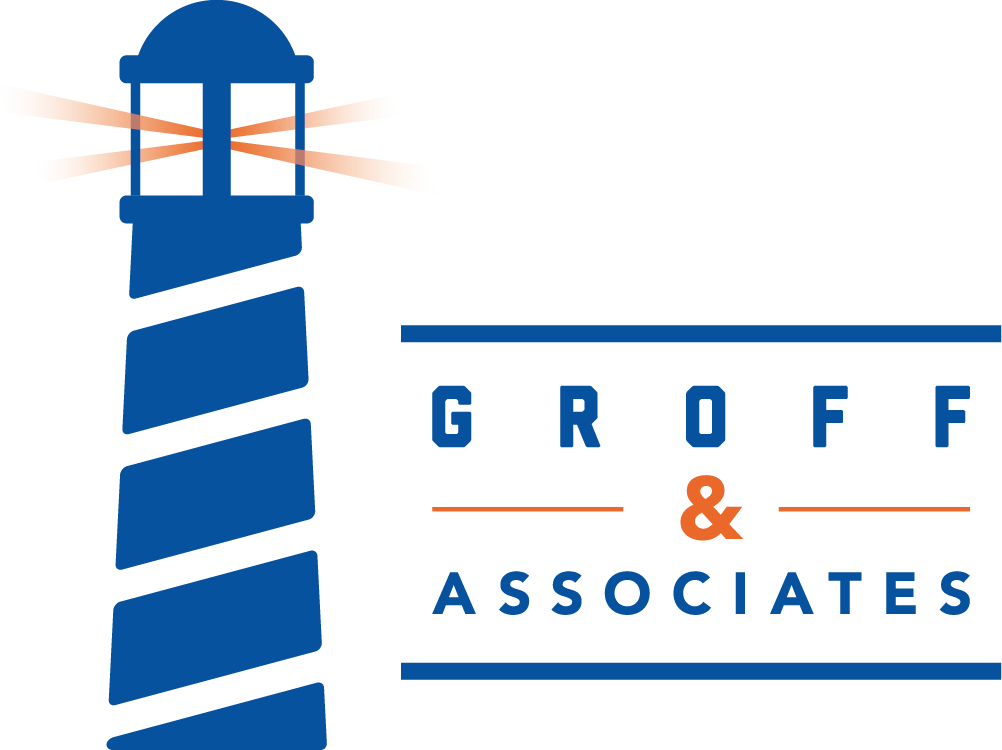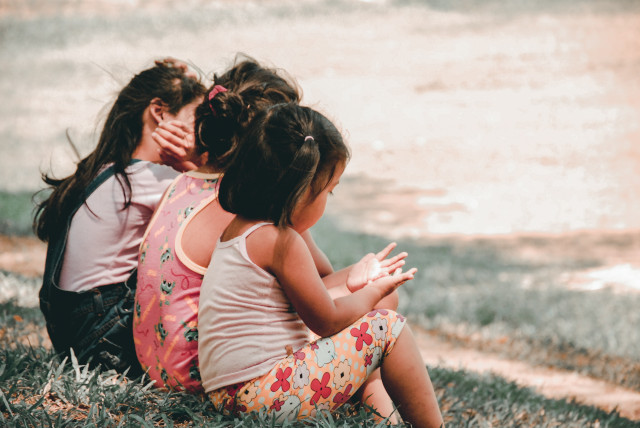
Most parents have fears about their children’s safety. Perhaps the scariest safety issue of all is that of childhood sexual abuse. Parents have strong feelings about this issue, but most parents have no idea how to talk to their kids about it. We want to keep our kids safe, but we don’t want them to live in fear or go around thinking that everyone’s a potential predator. This topic, like so many others, are ideally addressed in a series of age-appropriate talks – where more detailed information is provided over time and an atmosphere of openness is created.
As an easy way to get started, I encourage parents to look for books and other media resources, made for children, that talk about body safety and consent. Check out various options until you find some that you feel are a good fit for you and your family.
When it comes to books on body safety and consent, I like the ones written by Jayneen Sanders. I think they’re clear, direct, empowering, and not unduly frightening. These are some of my favorites:
Picture books for kids:
“Let’s Talk About Body Boundaries, Consent, & Respect” A book to teach children about body ownership, respectful relationships, feelings and emotions, choices and recognizing bullying
behaviors.
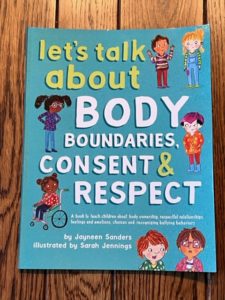
“No Means No!” Teaching children about personal boundaries, respect and consent; empowering kids by respecting their choices and their right to say, ‘No!’
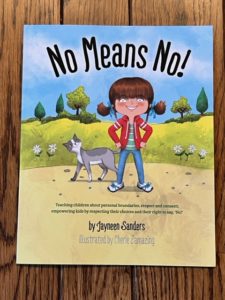
“Some Secrets Should Never Be Kept” Protect children from unsafe touch by teaching them to always speak up.
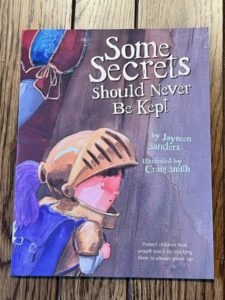
Educational resource for parents:
“Body Safety Education” A parents’ guide to protecting kids from sexual abuse.
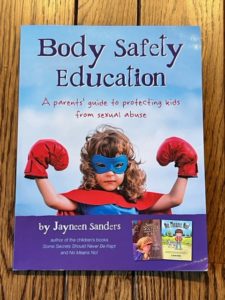
This book is a treasure trove of information about the prevalence of childhood sexual abuse, how to make your child less of an easy target, how to identify grooming behavior, warning signs in kids who’ve experienced sexual abuse, answers to common questions and concerns, lists of additional resources, and an appendix with handouts to facilitate conversations with your child. If you’re the kind of parent who wants all the information, this is the resource for you!
As you’re selecting educational resources, make sure they address these Key Components of Body Safety Education:
It is important for kids to know and use the anatomically correct names for all their body parts, including their private parts. This helps convey that there are no shameful body parts and that they are free to talk about all their parts with trusted adults. It also helps clarify what is meant by “private parts” and safe versus unsafe touch.
It is just as important for us to respect the body boundaries of others as it is for others to respect our body boundaries.
Children need to learn how to define and to tell the difference between safe and unsafe touch.
Children need to learn how to be assertive, especially when it comes to their own bodies. If we want children to feel the autonomy to say no to inappropriate touch, then we need to teach them to listen to their intuition at all times and act on it.
Teaching kids about stranger danger is insufficient. As research shows that in 85% of childhood sexual abuse cases, the victim knows their perpetrator.
The only secrets that a child should keep are the ones that don’t feel bad and that are eventually told – like about a surprise birthday party or a new sibling being born.
Children need to know what to do if someone ever touches them inappropriately or otherwise violates their body boundary.
Once you find body safety education materials that cover these essentials, introduce your child to them. Ask if they have questions, present some discussion questions that you’ve prepared ahead of time, and see if you can get a conversation started. If the resources are picture books, consider leaving them in your child’s room so they can review the material and continue digesting it at their own pace. Over time, talk about the feelings that this material stirs up in them: empowerment, confusion, fear, a sense of preparedness, anxiety, disgust, nothing? There’s no right or wrong way to feel about it. I also like to remind kids that most people – whether young or old – are good, happy to respect our body boundaries, and would never try to do inappropriate things with us. However, we have these conversations because there are unsafe people in the world, sometimes they’re even people we know. Even though abuse doesn’t happen to everyone, we talk about it just in case it ever does happen to us.
Good luck to you as you tackle this extremely important topic with your little human!
